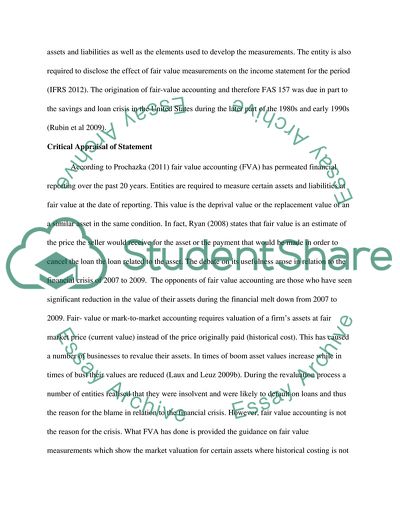Cite this document
(Advance financial reporting and regulation Essay, n.d.)
Advance financial reporting and regulation Essay. https://studentshare.org/finance-accounting/1818914-advance-financial-reporting-and-regulation
Advance financial reporting and regulation Essay. https://studentshare.org/finance-accounting/1818914-advance-financial-reporting-and-regulation
(Advance Financial Reporting and Regulation Essay)
Advance Financial Reporting and Regulation Essay. https://studentshare.org/finance-accounting/1818914-advance-financial-reporting-and-regulation.
Advance Financial Reporting and Regulation Essay. https://studentshare.org/finance-accounting/1818914-advance-financial-reporting-and-regulation.
“Advance Financial Reporting and Regulation Essay”. https://studentshare.org/finance-accounting/1818914-advance-financial-reporting-and-regulation.


